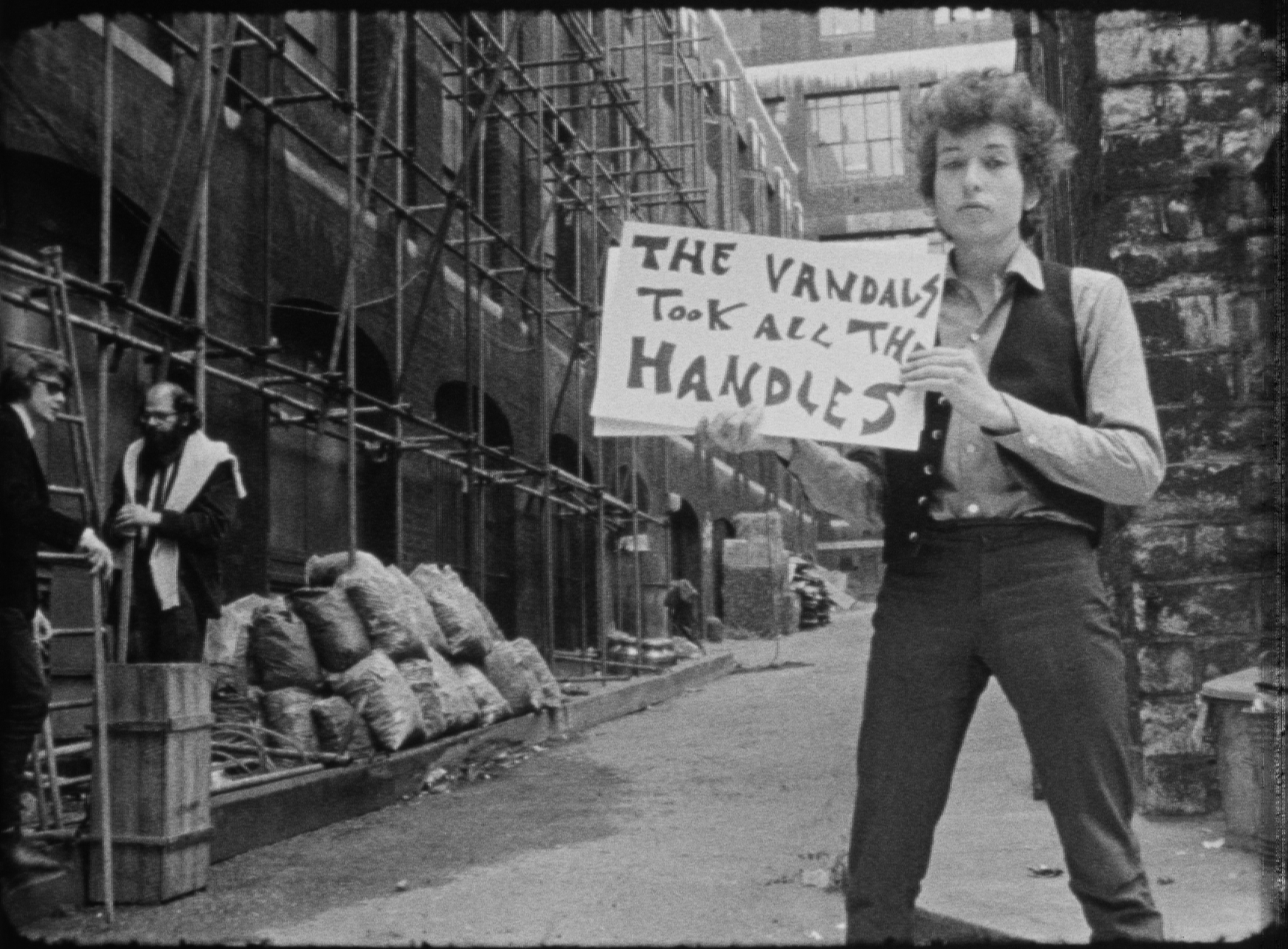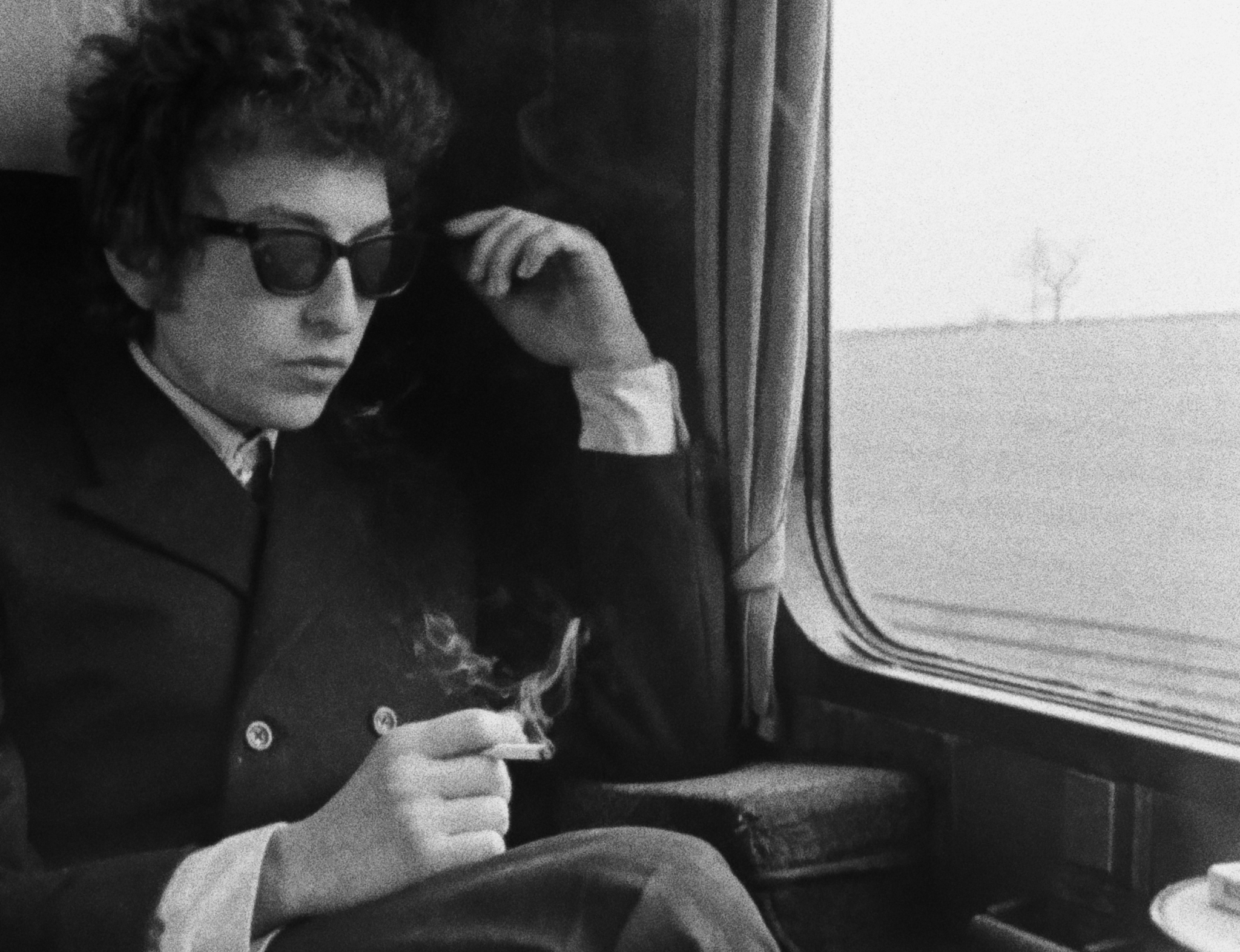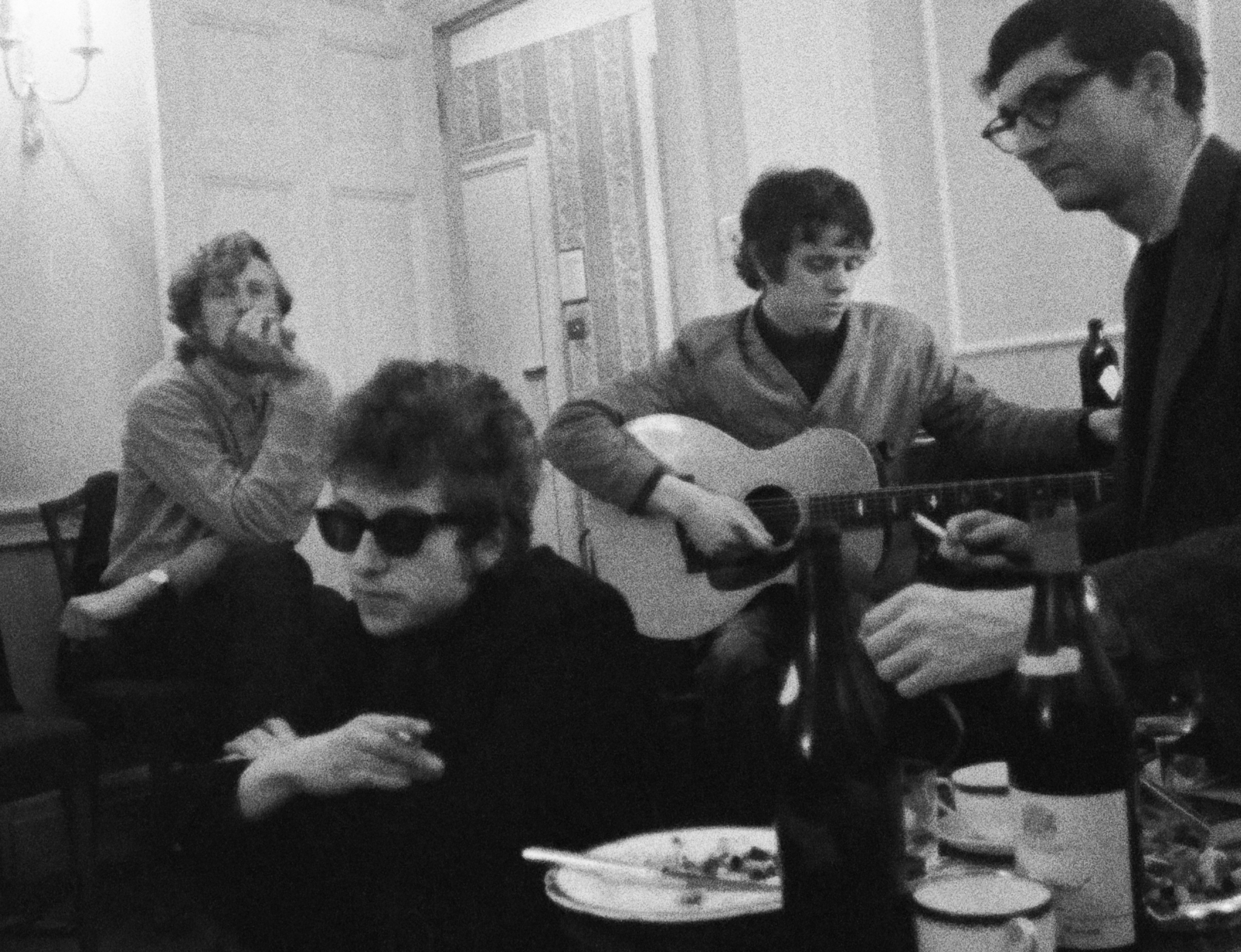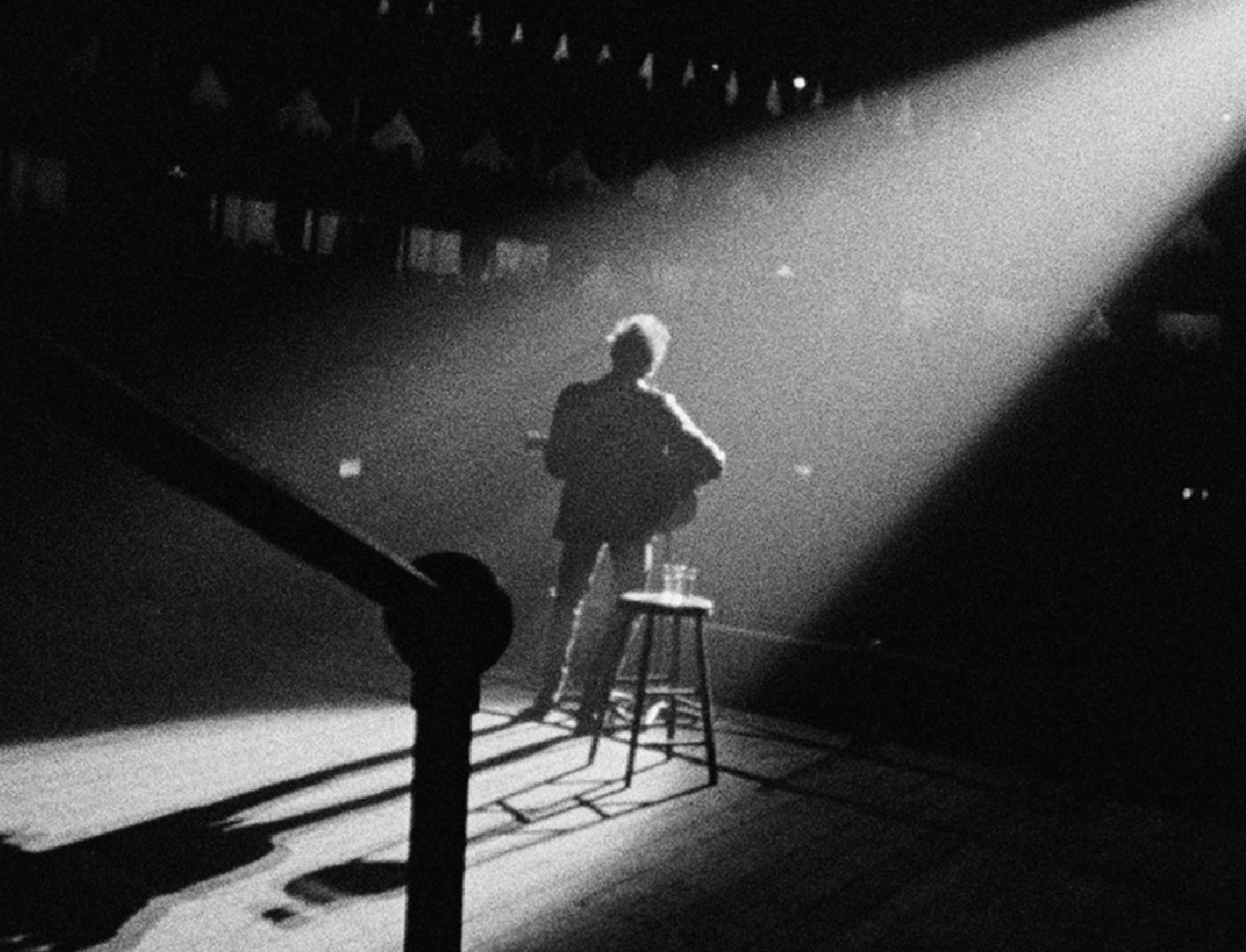
D.A. Pennebaker’s landmark 1967 Bob Dylan documentary, Dont Look Back, paved the road for music documentaries at a time when, as the filmmaker puts it, most documentaries were political or promotional and had “a predictable short life,” often with no theatrical release. Pennebaker’s film was, on the other hand, “a 96-minute essay in cinematic truthtelling that may explain how the thin-voiced bard of the bedraggled became a subcultural prophet and a millionaire,” according to TIME’s original review of the movie.
Speaking to TIME on the occasion of Bob Dylan’s 75th birthday on Tuesday and a new gallery exhibit about the film, Pennebaker said that the innovative cinéma vérité look of Dont Look Back was partially due to a versatile 8mm film camera that he made while working as a filmmaker for TIME and LIFE in the early 1960s. At the time, the publications were experimenting with new video techniques that allowed documentaries to show a more candid side of their subjects.

“You’ve got to remember that this was the time when there was no portable camera that was sync,” Pennebaker said, referring to the ability to record matching audio and video. “So it looks like we were doing something nobody else had done, because the technology had changed.”
Through Pennebaker’s camera, for the first time, a viewer was able to get a fly on the wall perspective on Dylan’s life during his fast rise in the mid-1960s. The film’s introduction also serves as a precursor for the modern music video, with Dylan seen in an alley cycling through cue cards of hand-written lyrics to his song “Subterranean Homesick Blues”—and a nonchalant cameo from poet Allen Ginsberg, who was a friend of Pennebaker’s.
After Pennebaker was asked by Dylan’s manager Albert Grossman to join the musician’s 1965 tour of England, the filmmaker and musician initially agreed on the film’s terms with a simple handshake. To this day, each owns 50% of the film. Initially thinking that his film would be a concert movie, Pennebaker quickly scrapped that idea after spending a few days with Dylan in London. Realizing the extent of his access, he decided to make the movie more observational and focus on Dylan’s candid moments.
Read TIME’s original 1967 review of Dont Look Back, here in the TIME Vault: Pop Prophet
“Filmmaking is kind of like exploration, only your device, instead of a telescope or a microscope, is this camera,” Pennebaker says, “You’re like Columbus out on the wild seas. You have no idea where you are or where you’re going until you get there.”
Get your history fix in one place: sign up for the weekly TIME History newsletter
One sphere that was particularly unpredictable was Dylan’s relationship with the press. In one famous moment from the film, Dylan sternly speaks his mind about the state of journalism to TIME reporter Horace Freeland Judson:
“He saw press conferences as sort of comic relief. The guys doing it weren’t doing it seriously, somebody had said ‘Here’s your job today, go get Dylan and get a story on him,'” Pennebaker says, “[Dylan] was treating it like they were clowns sent into the beheading. It was kind of funny at first, but later we got bored and stopped.”
A musician pushing back against reporters was extremely uncommon, since such interviews were a main source of promotion for a musician’s album and tour.
MORE: Take a Tour of Bob Dylan’s Greenwich Village
But, though Pennebaker’s camera was constantly around Dylan, the filmmaker received no pushback from the musician—a level of comfort that reminded Pennebaker of someone very different: John F. Kennedy. Two years prior to making Dont Look Back, in 1963, Pennebaker had worked on the Kennedy documentary Crisis: Behind A Presidential Commitment. The film focused on the president’s involvement in the integration of the University of Alabama. “Kennedy had almost the same sense of being filmed that Dylan did,” says Pennebaker, “It interested him to be able to see what happened when I was there or, whatever was going on, to be able to go back and see it again.”
In 1998, Dont Look Back was selected for preservation by the Library of Congress in the United States National Film Registry. “When you take this kind of material—which is all home movies, it’s like what you shot with your dog and kids—to edit it, it has to have that same kind of personal direction,” Pennebaker says, “It has to have that quality, and if it doesn’t, it then becomes like a bad menu from a bad restaurant.”
Dont Look Back is on display at the Morrison Hotel Gallery in New York City from May 20-June 14, 2016, and at the Morrison Hotel Gallery in West Hollywood, Calif. from June 11-26, 2016.







More Must-Reads from TIME
- Where Trump 2.0 Will Differ From 1.0
- How Elon Musk Became a Kingmaker
- The Power—And Limits—of Peer Support
- The 100 Must-Read Books of 2024
- Column: If Optimism Feels Ridiculous Now, Try Hope
- The Future of Climate Action Is Trade Policy
- FX’s Say Nothing Is the Must-Watch Political Thriller of 2024
- Merle Bombardieri Is Helping People Make the Baby Decision
Contact us at letters@time.com